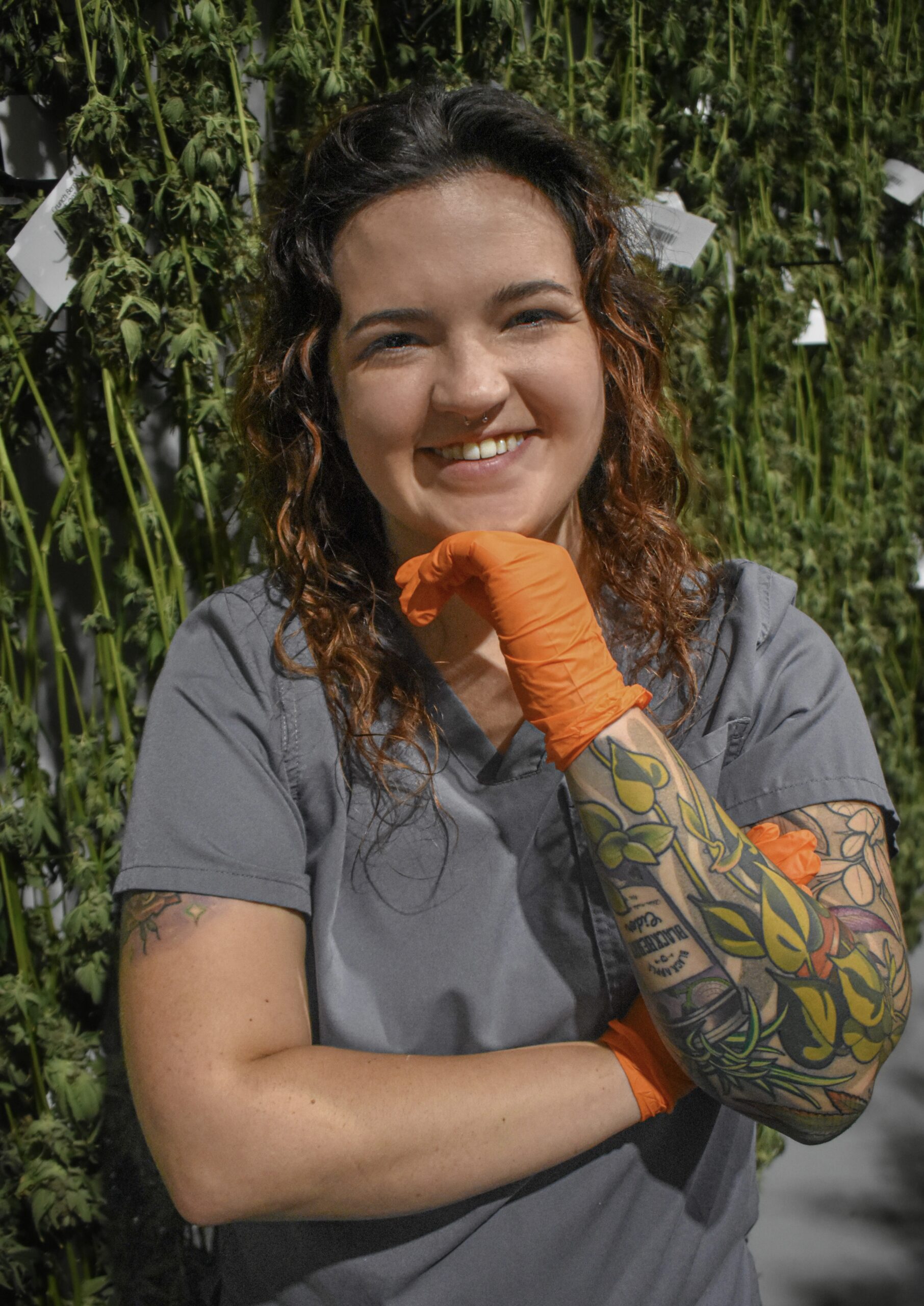Green
Revolution 2.0
How Technology is Shaping the Future of Cannabis
By Meagan Chris
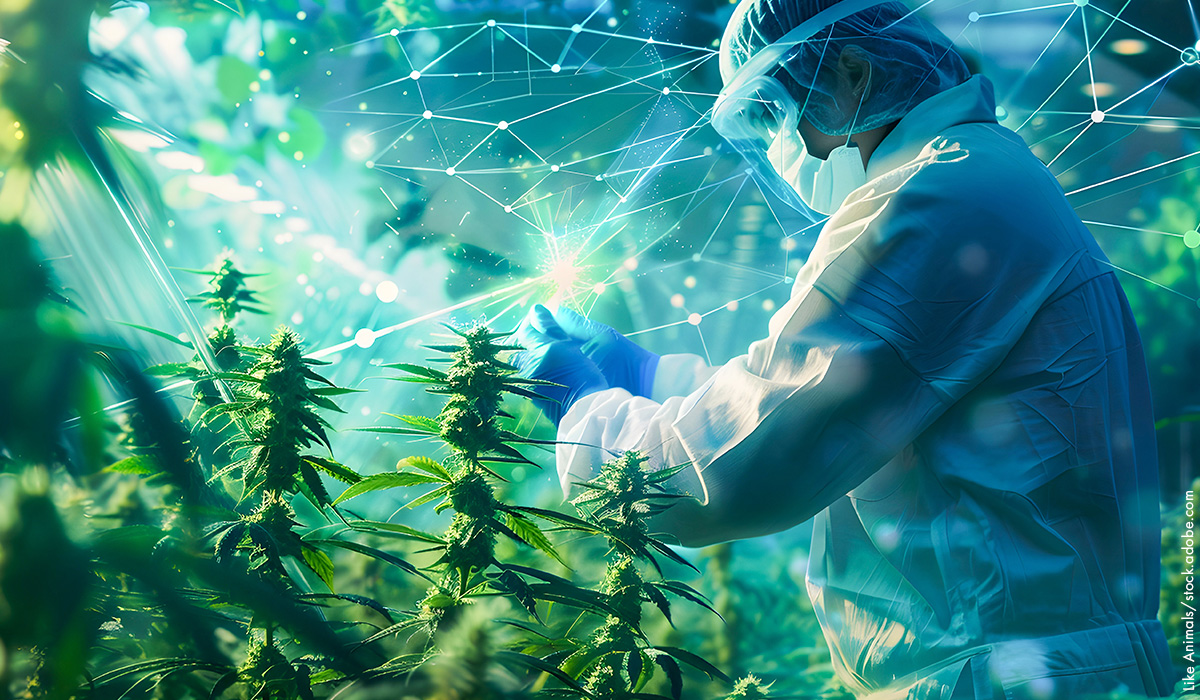
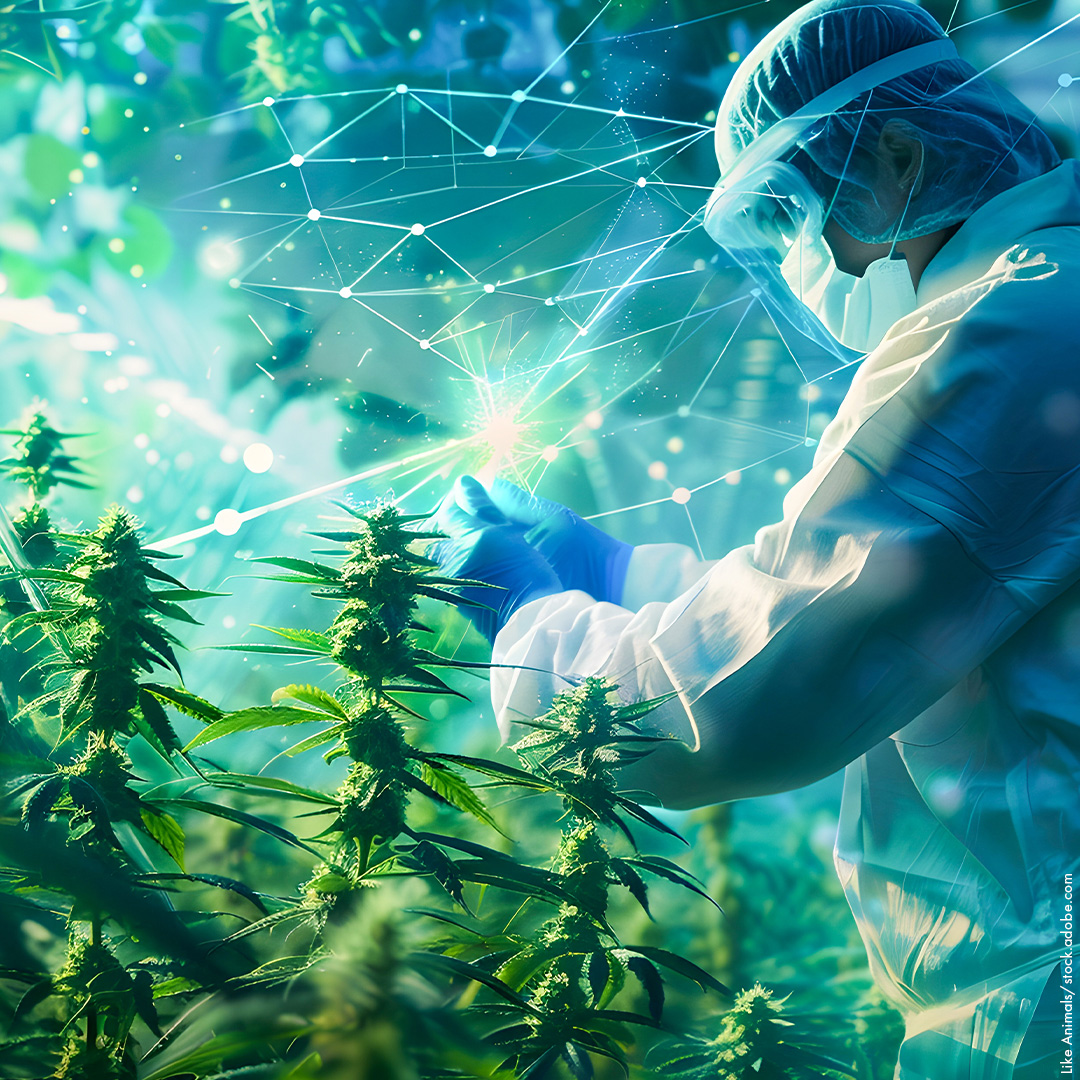
Imagine stepping into a cannabis cultivation facility where robots delicately prune plants, AI-powered systems perfectly control the environment, and data streams inform every decision. This isn’t science fiction; it’s the rapidly approaching reality of the cannabis industry. We’re witnessing a technological revolution, a “Green Revolution 2.0,” that’s reshaping how cannabis is grown, processed, and delivered. Forget dusty grow rooms and inconsistent quality; the future is about precision, efficiency, and a deep understanding of the plant’s intricate biology.
From Seed to Harvest: A Technological Transformation
Cultivation:
-
- Past: Simple outdoor or greenhouse setups, relying on natural sunlight and manual labor.
- Present: Indoor controlled environment agriculture (CEA) using LED lighting, hydroponics, and sophisticated climate control systems. Sensors monitor temperature, humidity, and nutrient levels, allowing for precise adjustments and optimized growth.
- Future: Expect AI-driven cultivation systems that autonomously adjust growing conditions based on real-time data and predictive analytics. Vertical farming techniques and automated robotic systems will further increase efficiency and reduce resource consumption. Imagine facilities where AI manages light cycles, nutrient delivery, and even detects early signs of plant stress, minimizing human error and maximizing yield.
Drying and Curing:
-
- Past: Hanging plants in barns or sheds, with limited control over environmental conditions.
- Present: Climate-controlled drying rooms with precise temperature and humidity regulation. Automated curing chambers maintain optimal conditions for terpene and cannabinoid development.
- Future: Advanced sensors and AI will provide real-time monitoring of the drying and curing process, ensuring consistent quality and potency. Imagine systems that use spectral analysis to non-invasively monitor terpene and cannabinoid levels during curing, allowing for real-time adjustments.
Trimming:
-
- Past: Labor-intensive manual trimming.
- Present: Automated trimming machines that significantly reduce labor costs and increase efficiency.
- Future: Robotic trimming systems with advanced vision systems that can precisely identify and remove unwanted plant material. AI-powered image recognition will allow for highly precise and consistent trimming, improving product quality.
Packaging:
-
- Past: Simple packaging with limited information.
- Present: Automated packaging lines with precise weighing and labeling. Child-resistant and tamper-evident packaging is becoming standard.
- Future: Smart packaging with QR codes that provide detailed product information, including terpene profiles, cannabinoid content, and cultivation history. Blockchain technology can ensure supply chain transparency and product authenticity. Expect packaging that can monitor product freshness and even interact with consumers through augmented reality.
Processing:
-
- Past: Basic extraction methods.
- Present: Advanced extraction techniques, such as supercritical CO2 extraction and solventless rosin pressing, producing high-quality concentrates and isolates.
- Future: Continuous flow extraction systems and advanced chromatography techniques will allow for highly efficient and precise separation of cannabinoids and terpenes. Nanotechnology will enable the creation of novel cannabis products with enhanced bioavailability and targeted effects.
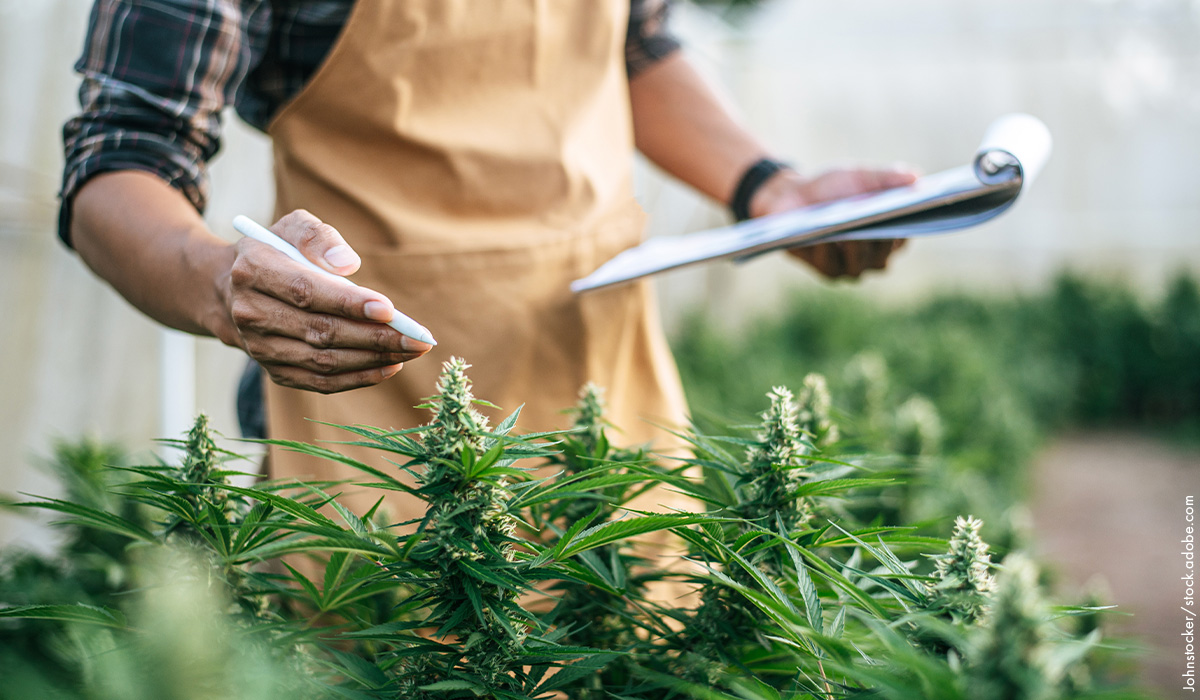
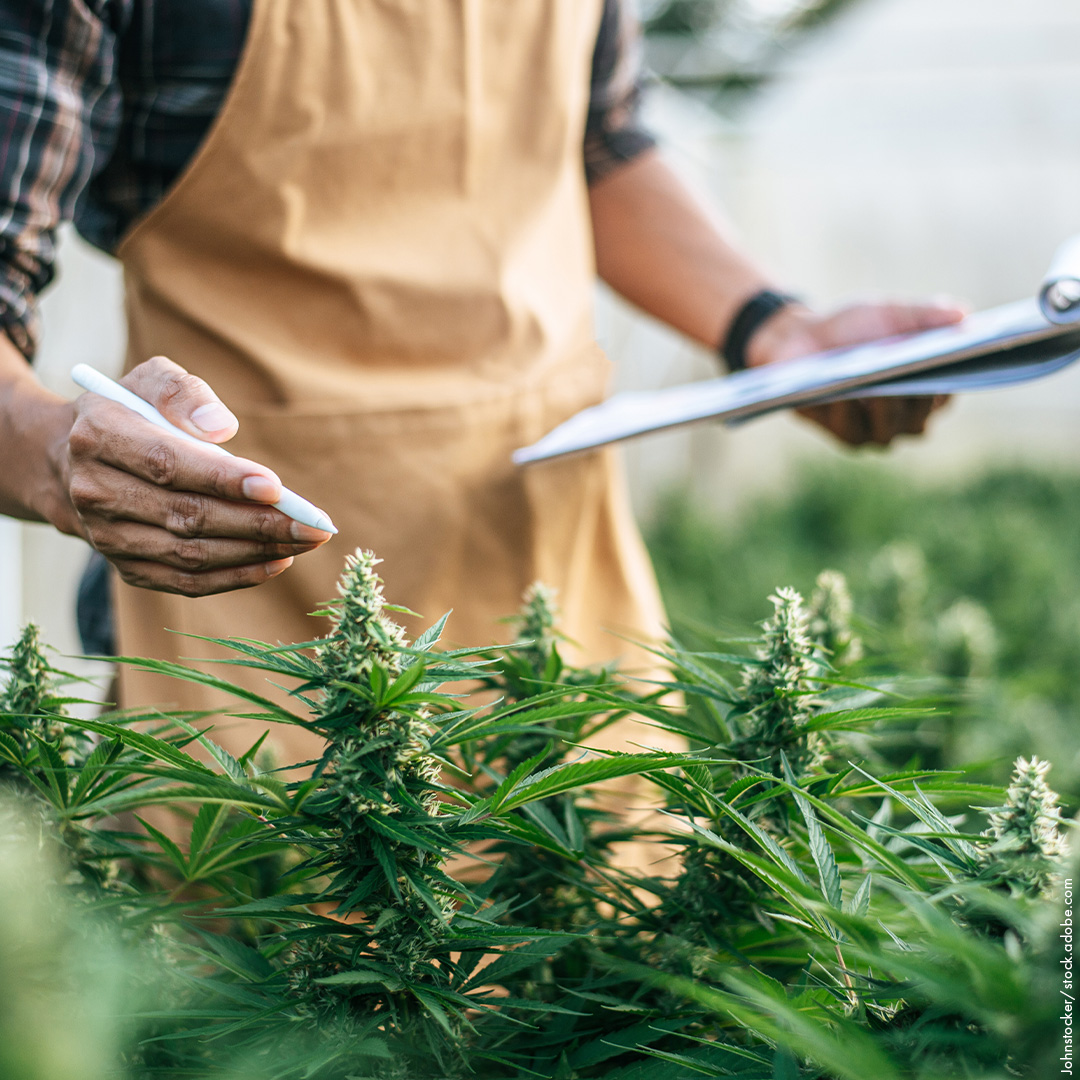
“The future of cannabis cultivation is not about replacing humans with machines. It’s about empowering humans with technology to create a more sustainable, efficient, and high-quality industry.”
The Future Cannabis Operation:
A Team of Technology and Human Expertise
The future cannabis operation will be a highly automated and data-driven facility. AI-powered systems will manage cultivation, processing, and distribution, while robotic systems will handle tasks such as trimming, packaging, and material handling.
However, this doesn’t mean that human jobs will disappear. Instead, the roles of workers will evolve. The focus will shift from manual labor to technical expertise, data analysis, and quality control.
-
- Cultivation specialists: Will monitor and manage AI-driven cultivation systems, analyze data, and troubleshoot problems.
- Extraction technicians: Will operate and maintain advanced extraction equipment, ensuring product quality and consistency.
- Data analysts: Will analyze data from sensors and AI systems to optimize growing conditions and improve efficiency.
- Quality control experts: Will ensure product safety and compliance with regulations.
- Software engineers: Will develop and maintain the software and hardware that drive the automated systems.
- Robotics technicians: Will maintain and repair the robotic equipment.
The industry will require a skilled workforce with expertise in technology, data science, and plant biology. Educational programs and training initiatives will be essential to prepare workers for these new roles.
The Human Element:
The Heart of the Industry
While technology will play a crucial role in the future of cannabis cultivation, the human element will remain essential. The passion and dedication of cannabis cultivators, processors, and retailers are what drive the industry forward.
The future of cannabis cultivation is not about replacing humans with machines. It’s about empowering humans with technology to create a more sustainable, efficient, and high-quality industry. It is about the combination of human ingenuity and technological advancement.
Meagan Chris
Co-Owner of CannaChris Consulting,
Meagan Chris is a passionate advocate for elevating the cannabis industry. With over 6 years of experience, including leadership roles and diverse consulting projects, Meagan specializes in cannabis education & training, business consulting, product development, and patient advocacy. She’s dedicated to improving patient outcomes and driving business success within the cannabis sector.

